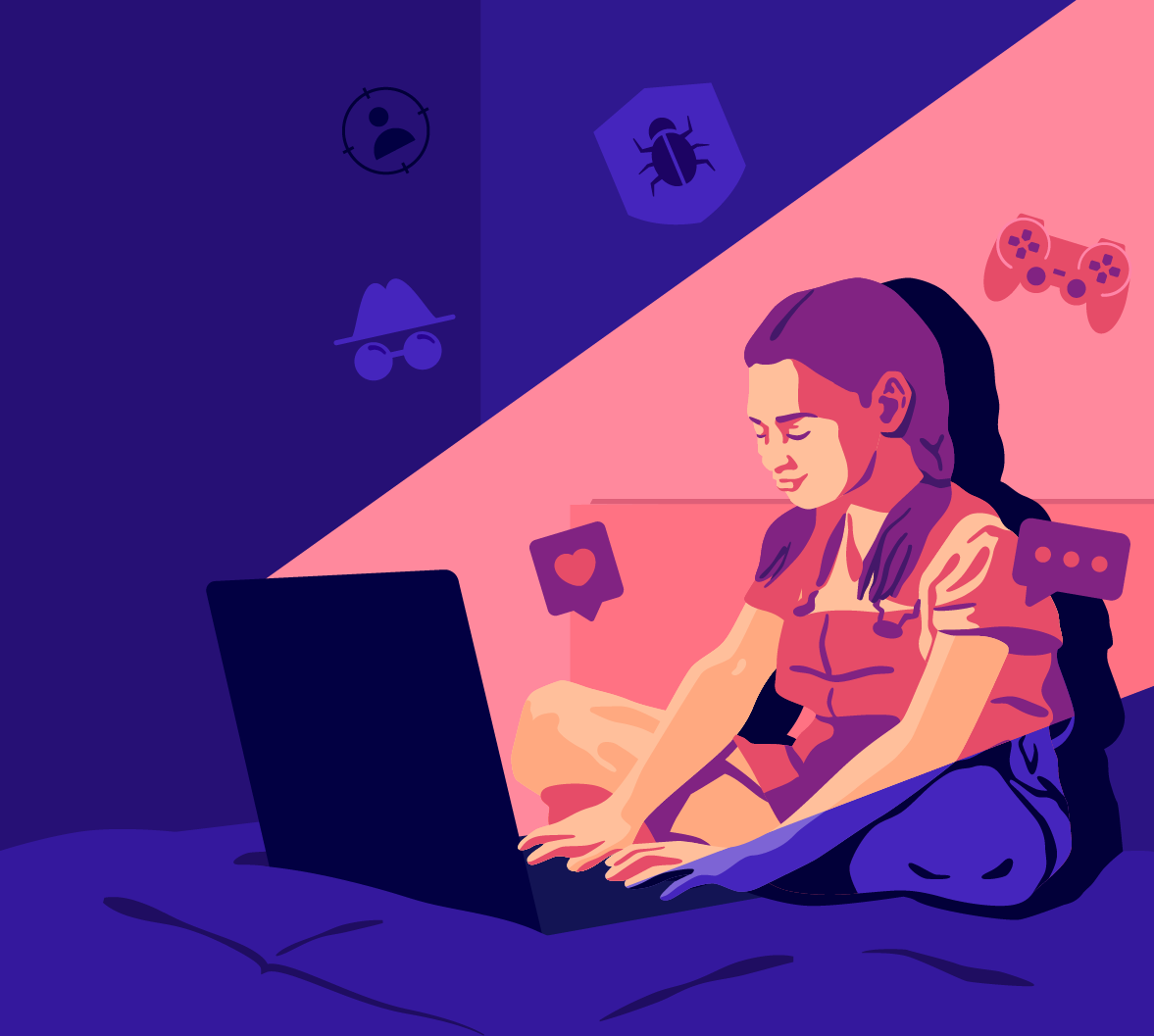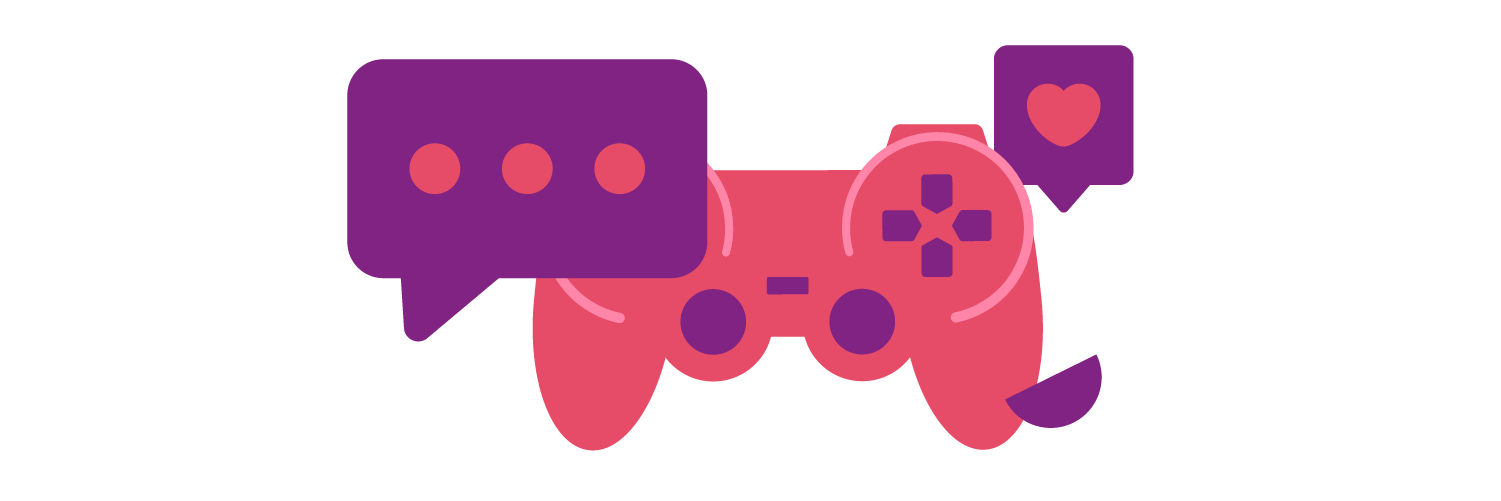Today, it’s hard to think about a part of our lives that’s not connected to the internet in one way or another. Work, relationships, entertainment, growth, finances, health, home appliances, cars. They all can have an online component.
But the online world is a hard thing to perceive. We can’t quite touch it. We can only experience it through a screen, headphones, or a microphone. So the associated risks and consequences sometimes may not seem as real and bad as a hurricane, an armed theft, or as cutting a finger while cooking. But are they?
Yes, they are!
But it also depends on you, and your “threat model”, which is just a fancy (and possibly intimidating) word to sum up the answers to these six questions:
- What are my assets?
- Who are my adversaries?
- What can my adversary do?
- How likely is it that I will have to protect my assets?
- How bad are the consequences if I fail?
- What can I do to defend myself against my adversaries?
The questions also sound a bit intimidating, but it’s just about listing what you value, who can hurt you, how, what are the odds of being affected, what the consequences could be and what are your defenses. It works for online and offline risk.
Since so much of our lives are online today, we all have valuable assets on the web. Our online identity, our private identifiable information (name, birthdate, home address, phone number, email accounts), our social media, credit card numbers, pictures, work data. We all have information to protect, and we all have a responsibility to protect it too, including children.
And since there have been so many data breaches up until now, we all have adversaries. All the data that has been breached is up for sale for a cheap price on the dark web, and it could be used against us in different ways. Depending on who we are and what we do, we may be an interesting target as well.
In general, the consequences of an attack can be tremendously hurtful. Identity theft, ransom, data or financial loss, cyberstalking, and even physical damage.
Now, we can all get ready and protect ourselves, and that is what October National Cybersecurity Awareness Month is about. A yearly effort aimed at helping you stay safe online.
At Auth0 we care very deeply about cybersecurity, and we want to help make the internet safer. Not only by increasing the security of your business through our platform, by helping you enable password policies, anomaly detection, and MFA quickly, and by protecting the credentials of your users which helps prevent data breaches. But also by spreading awareness about cybersecurity, and partnering up with the US government, the EU, and Australia during October National Cybersecurity Awareness Month.
So we have prepared an easy checklist to help you, and the kids you know, stay safe online. Download the Personal Cybersecurity Checklist!
We believe in making cybersecurity accessible for everyone, so we’ve translated it to 9 languages with the help of Auziros from all over the world.
Follow us on Twitter, where we’ll be sharing 31 days of tips and best practices, and also come talk to us in our online meetup, Seattle, London, and Hamburg.
Cybersecurity is everyone’s responsibility. We all have to Own It. Secure It. Protect it, so we can stay safe online.






